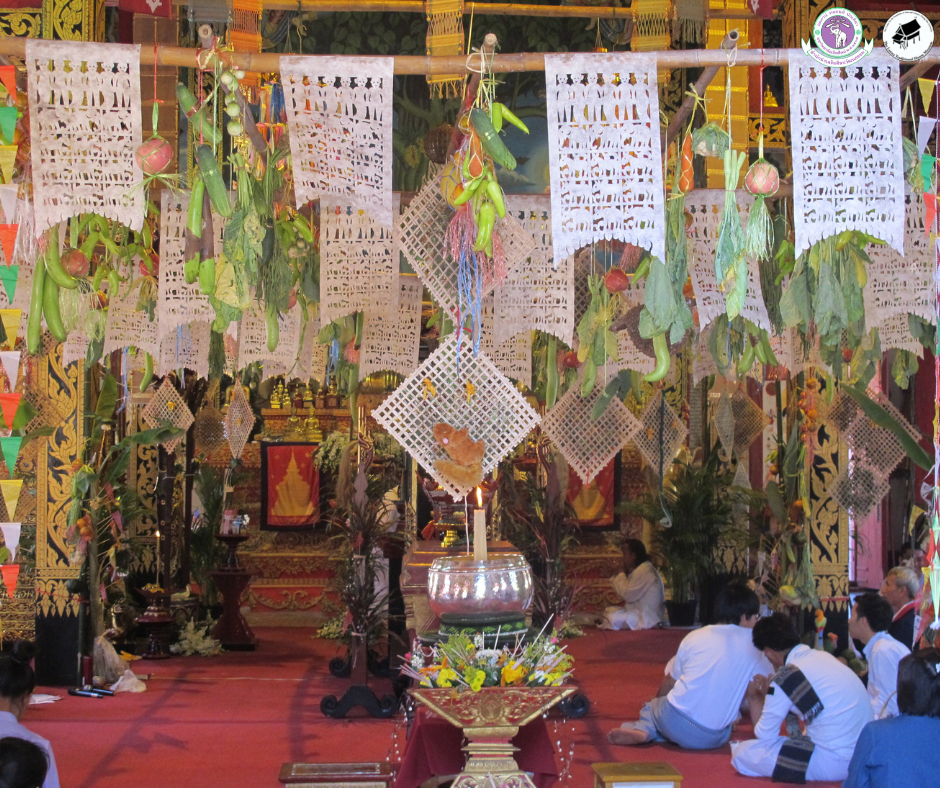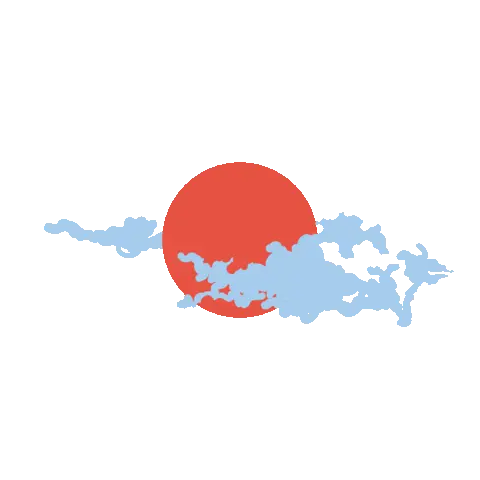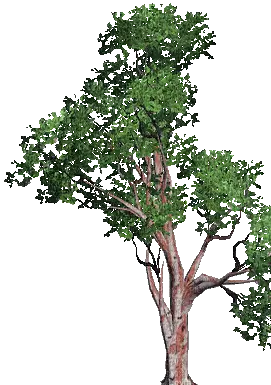Tang Tham Luang Tradition

Rating: 5/5 (1 votes)
Nakhon Sawan attractions
Attractions in Thailand
Tang Tham Luang Tradition Attractions in Nakhon Sawan The Tang Tham Luang or Maha Chat sermon is an important tradition in the Lanna region, passed down through generations in northern Thailand. The Maha Chat sermon, or the preaching of the Vessantara Jataka, is part of the dissemination of Buddhism, focusing on a complex narrative rich with important moral teachings. It provides the audience with a deep understanding of the Dhamma (Buddhist teachings).
In addition to spreading the teachings of the Buddha, the Tang Tham Luang ceremony serves other purposes, such as promoting community unity, fostering religious sentiment among villagers, and preserving local traditions and culture for future generations.
History of Tang Tham Luang The Maha Chat sermon has ancient roots in Thailand and has been associated with Buddhism since the reign of King Ashoka in India. The Vessantara Jataka is the last of the ten Jatakas, depicting the ultimate self-sacrifice of Prince Vessantara, who gives up all his possessions in his final birth before becoming the Buddha.
In Lanna, the tradition of the Maha Chat sermon, known locally as Tang Tham Luang, has been a significant practice since ancient times, especially after the 19th century when the Lanna Kingdom fully embraced Buddhism from Burma and Sri Lanka. This made the Tham Luang an integral part of strengthening the faith among the villagers.
The primary purpose of Tang Tham Luang is to spread the teachings of the Dhamma to the villagers through the sermon of the Vessantara Jataka, which tells the story of the ultimate self-sacrifice and the perfection of paramis (virtues) of Prince Vessantara, who aspires to become the Buddha. The story encompasses deep moral lessons such as self-sacrifice, forgiveness, and compassion.
For the villagers, listening to the Maha Chat sermon is not only about absorbing Buddhist teachings but also about gaining merit. It is believed that those who listen to all 13 chapters (khandhas) of the sermon in one day, while keeping the precepts and practicing mindfulness, will accumulate enough merit to be reborn in the era of the future Buddha, Metteya (Maitreya).
Moreover, the ceremony serves as an opportunity to gather various ancient scriptures, allowing monks and novices to practice reading complex and difficult texts, further honing their knowledge and abilities.
The Maha Chat sermon, or the story of Prince Vessantara’s perfection of generosity, is widely regarded as a critical religious and cultural practice in Lanna. The story is one of the Ten Great Jatakas and depicts Prince Vessantara’s great generosity, where he gives away everything, including his children and wife, in the ultimate act of self-sacrifice. This narrative has been a key aspect of the Tang Tham Luang tradition in northern Thailand.
In Lanna, the Maha Chat sermon is a key aspect of Buddhist festivals, such as during Bun Kathin or the end of the Buddhist Lent. It is often held in temples as a communal event, with villagers coming together to listen to the sermon, make merit, and preserve their religious and cultural heritage.
Preparing for the Tang Tham Luang or Maha Chat sermon is a significant event that requires community involvement. The process often begins with discussions among villagers and the temple regarding the selection of capable monks to deliver the sermon.
The venue, usually a temple or a specially prepared hall, is decorated with colorful paper lanterns and paintings depicting scenes from the Vessantara Jataka, symbolizing the connection between the secular and spiritual realms.
Each chapter of the sermon is hosted by different families or groups in the community, who take turns sponsoring the event. The monks, in turn, prepare by rehearsing their delivery of the verses to ensure the sermon is not only accurate but also engaging for the audience.
The 13 Chapters of the Maha Vessantara Jataka The Maha Vessantara Jataka is divided into 13 chapters, each carrying distinct meanings and lessons related to Prince Vessantara’s virtues of generosity, patience, and compassion.
- Thotsaphon Khandha (The Ten Blessings) – The prince receives blessings from deities.
- Himmaphan Khandha (Forest) – Vessantara’s decision to go into exile.
- Chuchok Khandha (Brahmin Chuchok) – The story of Chuchok the beggar.
- Chulaphon Khandha (Little Forest) – Living in the small forest.
- Mahaphon Khandha (Great Forest) – The prince’s trials in the deep forest.
- Kumara Khandha (The Children) – Vessantara’s sacrifice of his children.
- Matri Khandha (Lady Matri) – The trials of Vessantara’s wife.
- Sakkapan Khandha (Indra) – Indra’s assistance to the family.
- Maharat Khandha (The Great King) – The prince’s return to the city.
- Chakkhatti Khandha (The Wheel of Royalty) – The prince’s duties as a king.
- Nakorn Khandha (Return to the City) – Returning to the kingdom.
- Vajirachada Khandha (Diamond Essence) – Reflection on virtues and sacrifice.
- Paccimapok Khandha (Conclusion) – The conclusion and fulfillment of the tale.
According to Lanna beliefs, those who listen to the Maha Chat sermon from start to finish, following all the precepts, will receive vast amounts of merit. This merit will bring them happiness, success, and good fortune in this life and the next. It is also believed that those who participate in or listen to the entire sermon will be reborn in the era of Metteya, the future Buddha.
Today, the Tang Tham Luang tradition still holds importance in Lanna communities, though its practice has diminished in some areas. However, many villages and temples are working to revive this tradition and keep it alive as part of their cultural and religious identity.
Comment
| Keyword (Advance) |
 Facebook Fanpage
Facebook Fanpage














 Category:
Category:  Group:
Group:  Historical Sites and Monuments(
Historical Sites and Monuments( Landmarks and Memorials(
Landmarks and Memorials( Museums(
Museums( Educational Places
Educational Places Museum for Study(
Museum for Study( University
University Places of Worship
Places of Worship Temple(
Temple( Other religious and spiritural sites(
Other religious and spiritural sites( Research and Development
Research and Development Royal Project(
Royal Project( Suburban Living
Suburban Living Village, Community(
Village, Community( Local Market(
Local Market( Floating Market(
Floating Market( Nature and Wildlife
Nature and Wildlife National Parks and Marine Reserves(
National Parks and Marine Reserves( Mountain (Doi)(
Mountain (Doi)( Dam, Reservoir, Lake(
Dam, Reservoir, Lake( Waterfalls(
Waterfalls( Caves(
Caves( River, Canal(
River, Canal( Other natural attractions(
Other natural attractions( Entertainment and Agricultural
Entertainment and Agricultural Zoos and Aquariums(
Zoos and Aquariums( Animal camps and shows(
Animal camps and shows( Farm, Parks, Gardens and Ecotourism(
Farm, Parks, Gardens and Ecotourism( Accommodation
Accommodation Hotel(
Hotel( Travel Articles, Recipes
Travel Articles, Recipes Travel Review, Food Review(
Travel Review, Food Review(